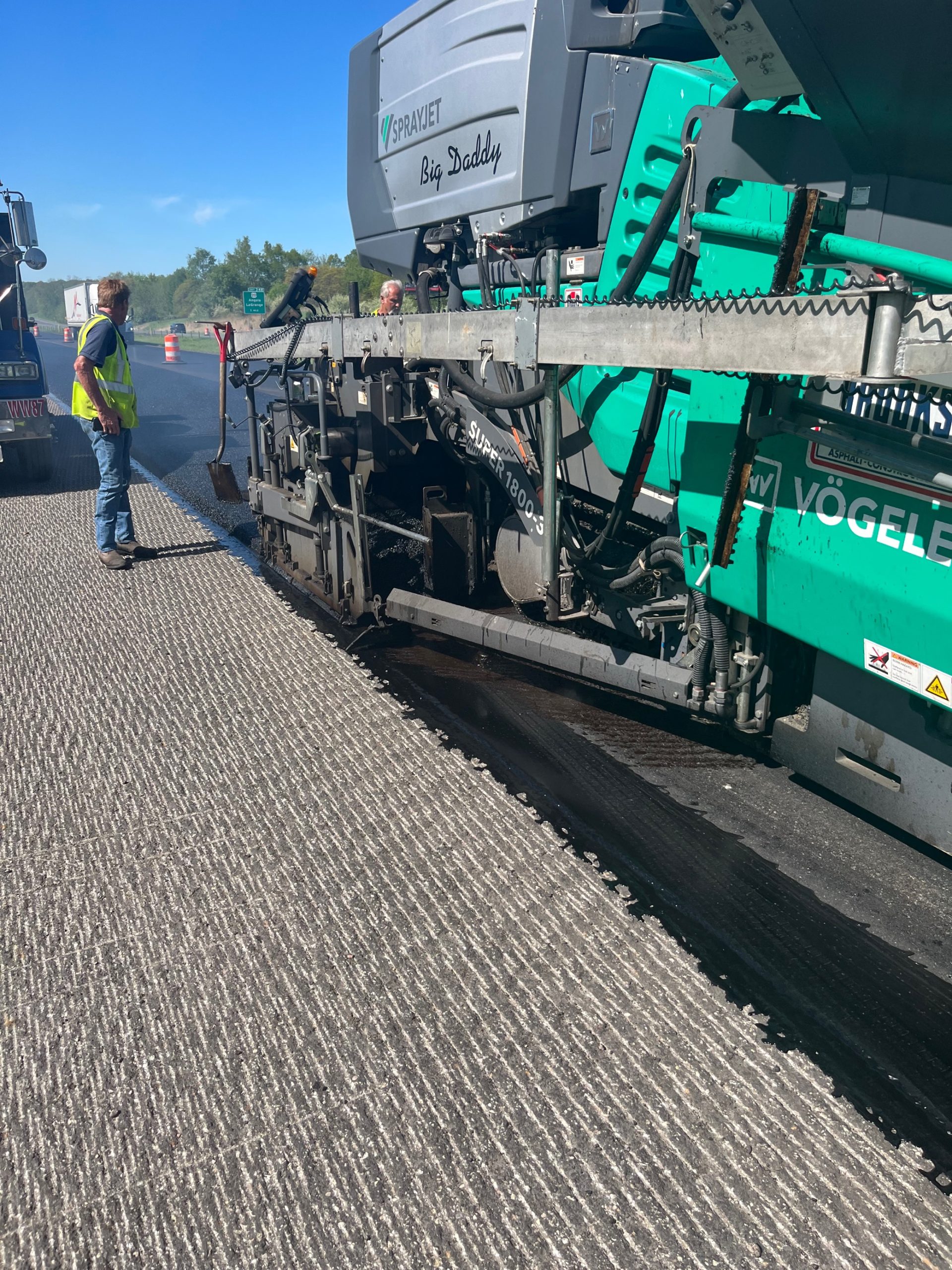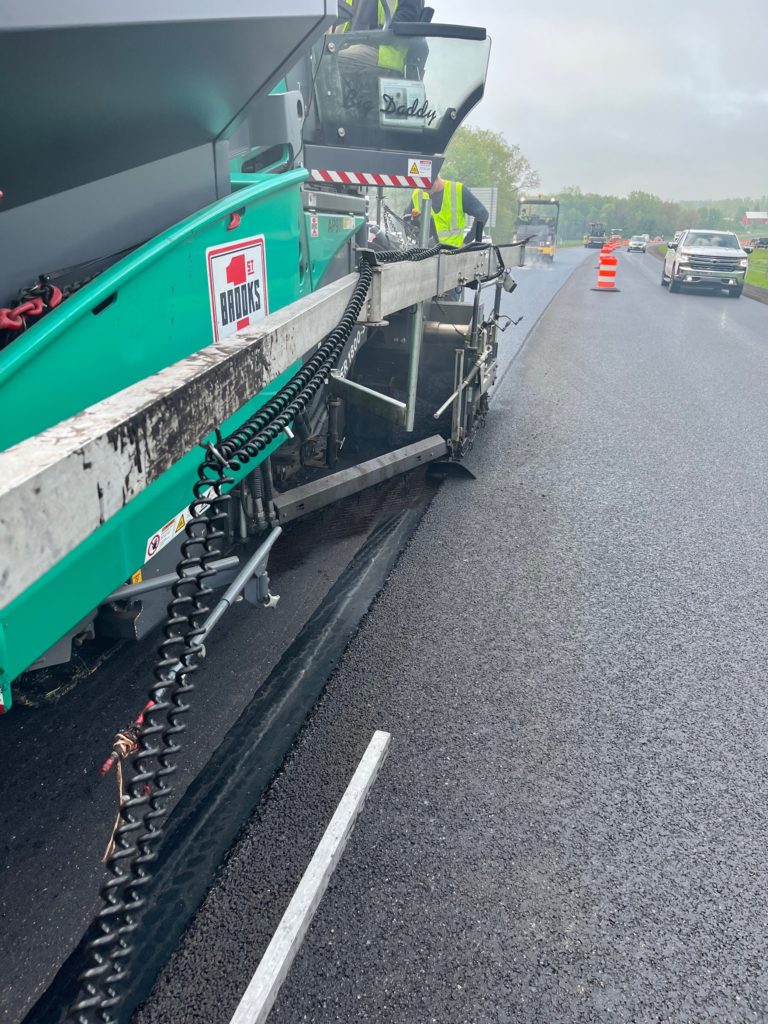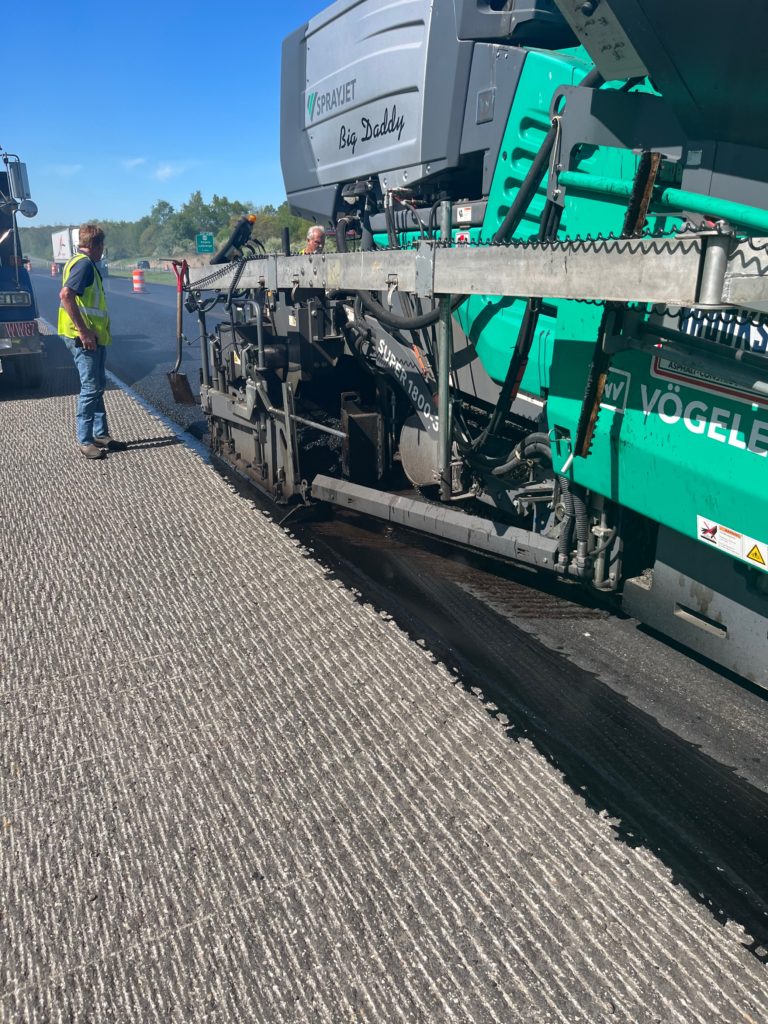About this project:
On the dates of May 16-19 of this year, a Void Reducing Asphalt Membrane, (VRAM), project took place. This project occurred on I-69 from Michigan State Line south to about 1.2 miles north of US-20 interchange. The Northbound lanes are the ones being worked on; the Southbound lanes were completed in 2021. The county is designating VRAM to the centerline joint at a 9” band plus the travel lane shoulder at 18” band.
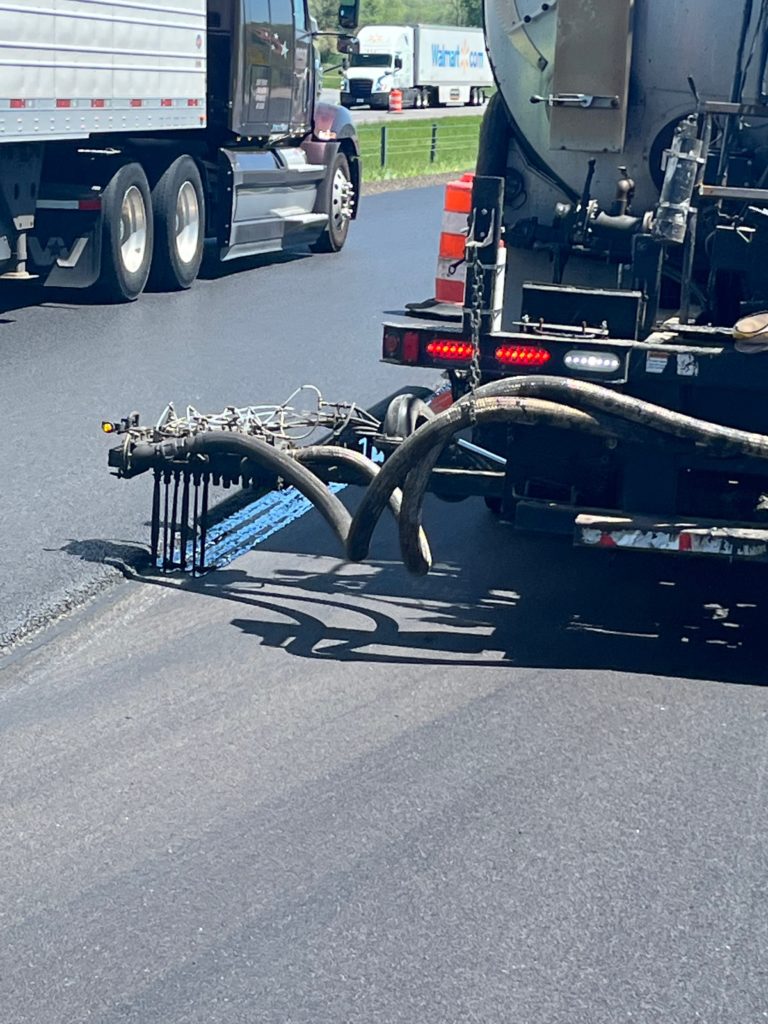
Protecting the longitudinal joint is the most important yet susceptible part of the road. By placing VRAM at the time of construction, it is a great utilization of infrastructure dollars that reduces the odds of maintenance costs.
The VRAM applicator for this project was Illiana and the prime paving contractor was Brooks Bros. The application of the Void Reducing Asphalt Membrane began on May 16th and continued into the afternoon of May 17th. The band width on this project was targeted at 18” widen and was laid over a binder mix, except under overpasses, and then applied to a milled surface. Brooks Bros had the surface cleaned and the barrels set aside for Illiana to begin.
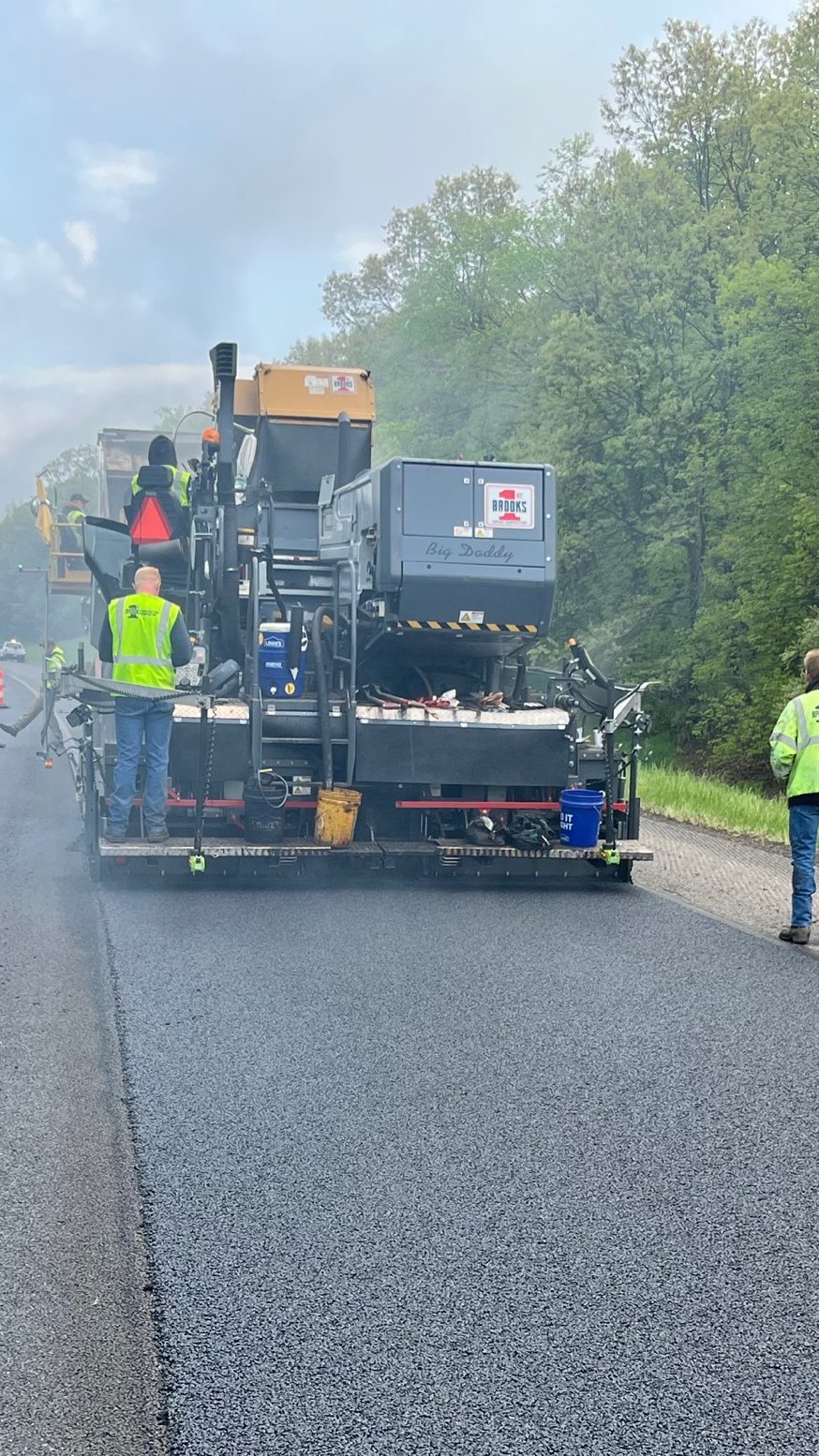
Paving began shortly after the application of the VRAM. The paving train consisted of a Weiler E2850C shuttle buggy, a Vogele Super 1800-3i spray paver, a Dynapac CC7200 steel drum roller, a Volvo DD140C steel drum roller, a HAMM HD120i steel drum roller. The Dynapac CC7200 steel drum roller was working from high to low, with 4 passes in vibratory, and 1 pass in static mode. The Volvo DD140C steel drum roller worked high to low with 4 passes in vibratory, and 1 pass in static mode. Lastly, the HAMM HD 120i worked as the finish roller in static mode.
Why VRAM is Becoming a MUST to Ensure Longer-Lasting, Safer Roads
The Wisconsin Highway Research Program/Department of Transportation conducted a study on Void Reducing Asphalt Membrane (VRAM) to identify the benefits of including this step in the paving process.
Based on published data and review of case studies, implementing Void Reducing Asphalt Membrane (VRAM) during the construction process is recommended. Post-construction, it is recommended to use penetrating asphalt emulsions as a preventative and remedial treatment for longitudinal joints.1
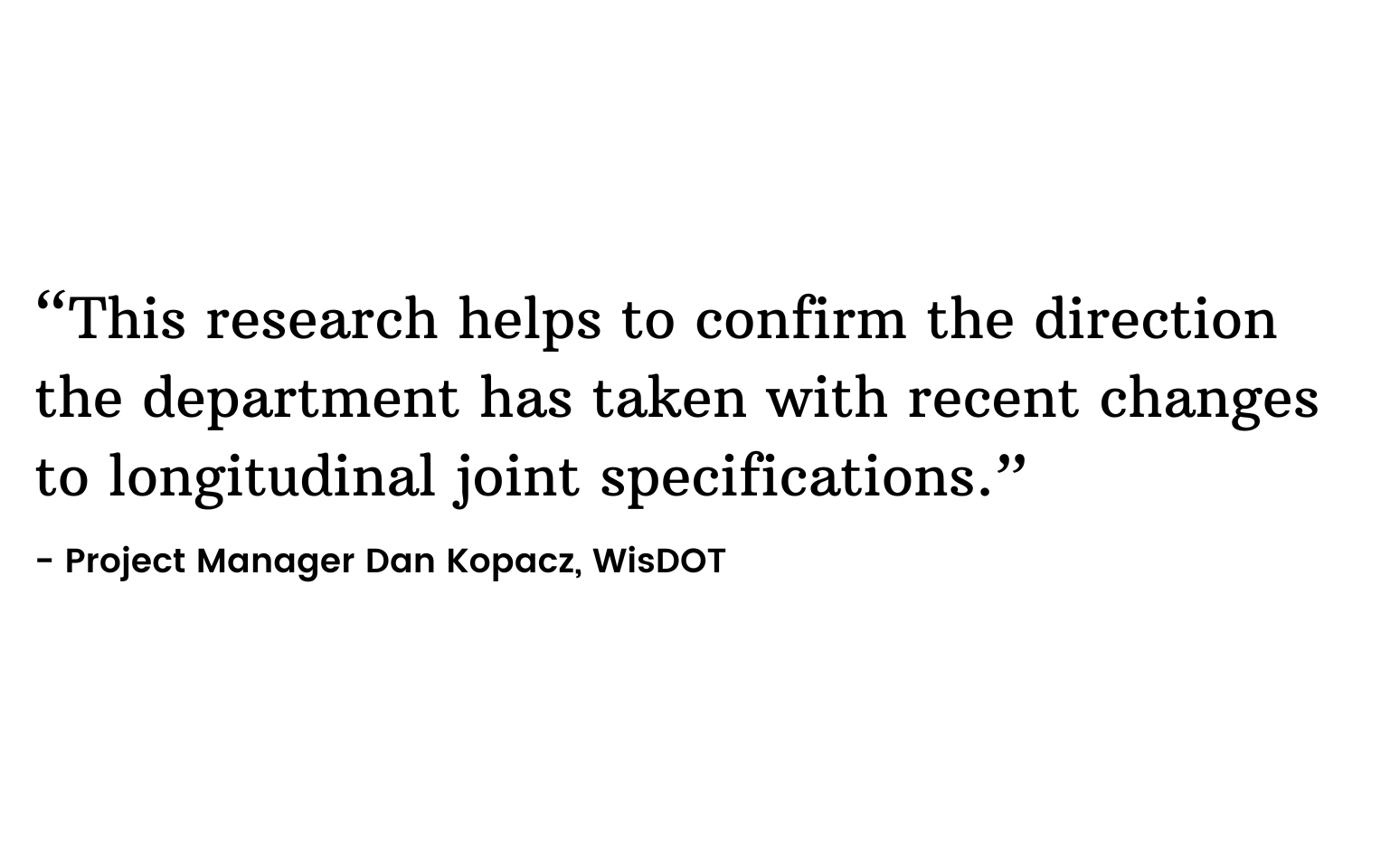
To read about other VRAM studies you can follow this link.
VRAM creates longer-lasting, safer roads which leads to a more resilient and reliable infrastructure and supply chain. Overall, longer-lasting roads saves time, money, and lives in the end. And when roads last longer with VRAM, infrastructure dollars go further, with a return on investment of 3 to 5 times its initial cost.
SOURCES:
1: https://wisconsindot.gov/documents2/research/0092-21-05-research-brief.pdf
Editor’s Notes:
Centerline joints and longitudinal joints are often used interchangeably in describing the area of the pavement where two sections come together.
VRAM, Void Reducing Asphalt Membrane is referred to in Illinois as LJS, Longitudinal Joint Sealant.
Depending on the situation VRAM can be sprayed at different width’s. It should be noted that 18” is a typical application width for centerline applications.
J-Band® is a VRAM product of Asphalt Materials, Inc. and was created in the labs of The Heritage Research Group.

